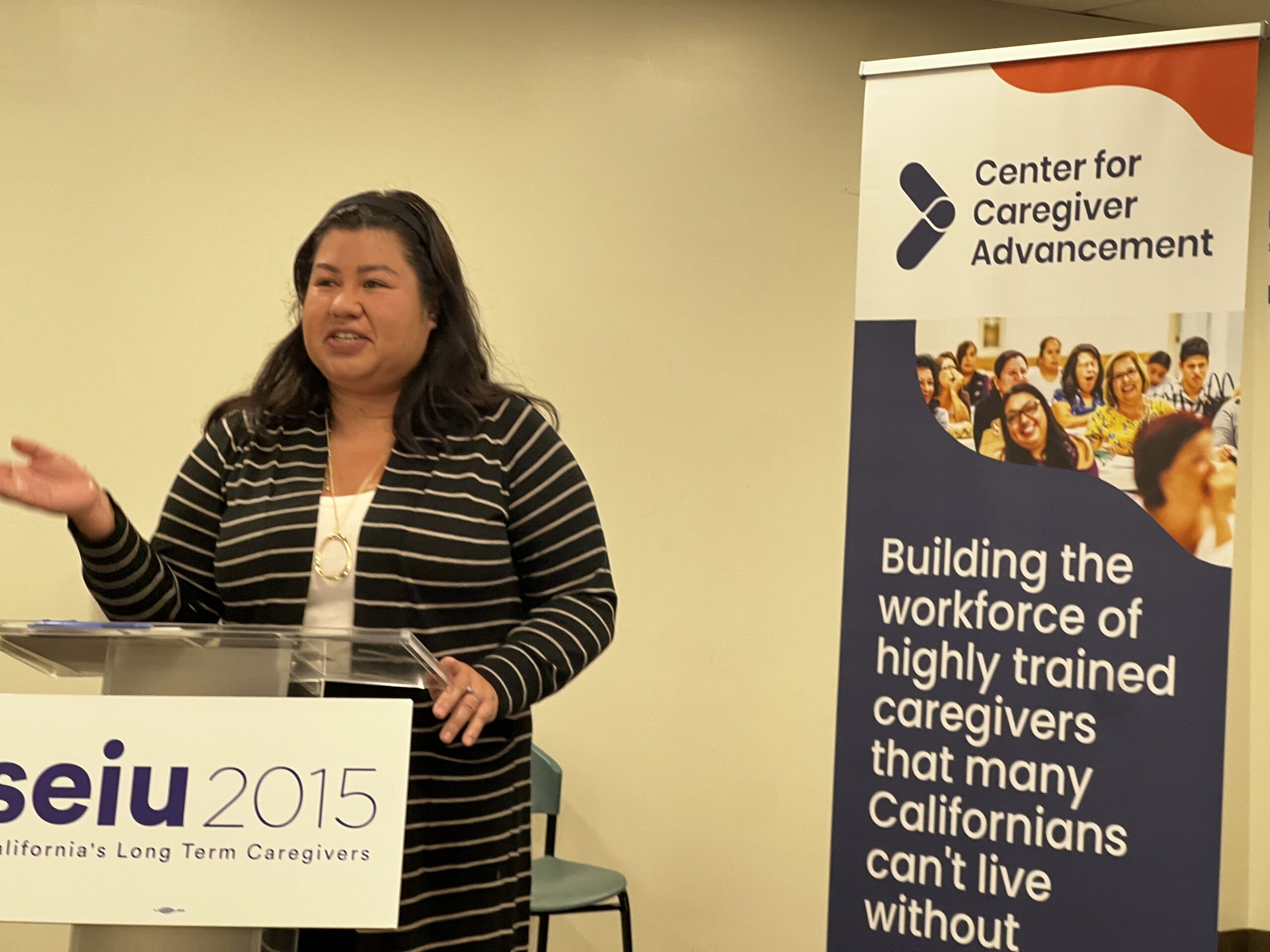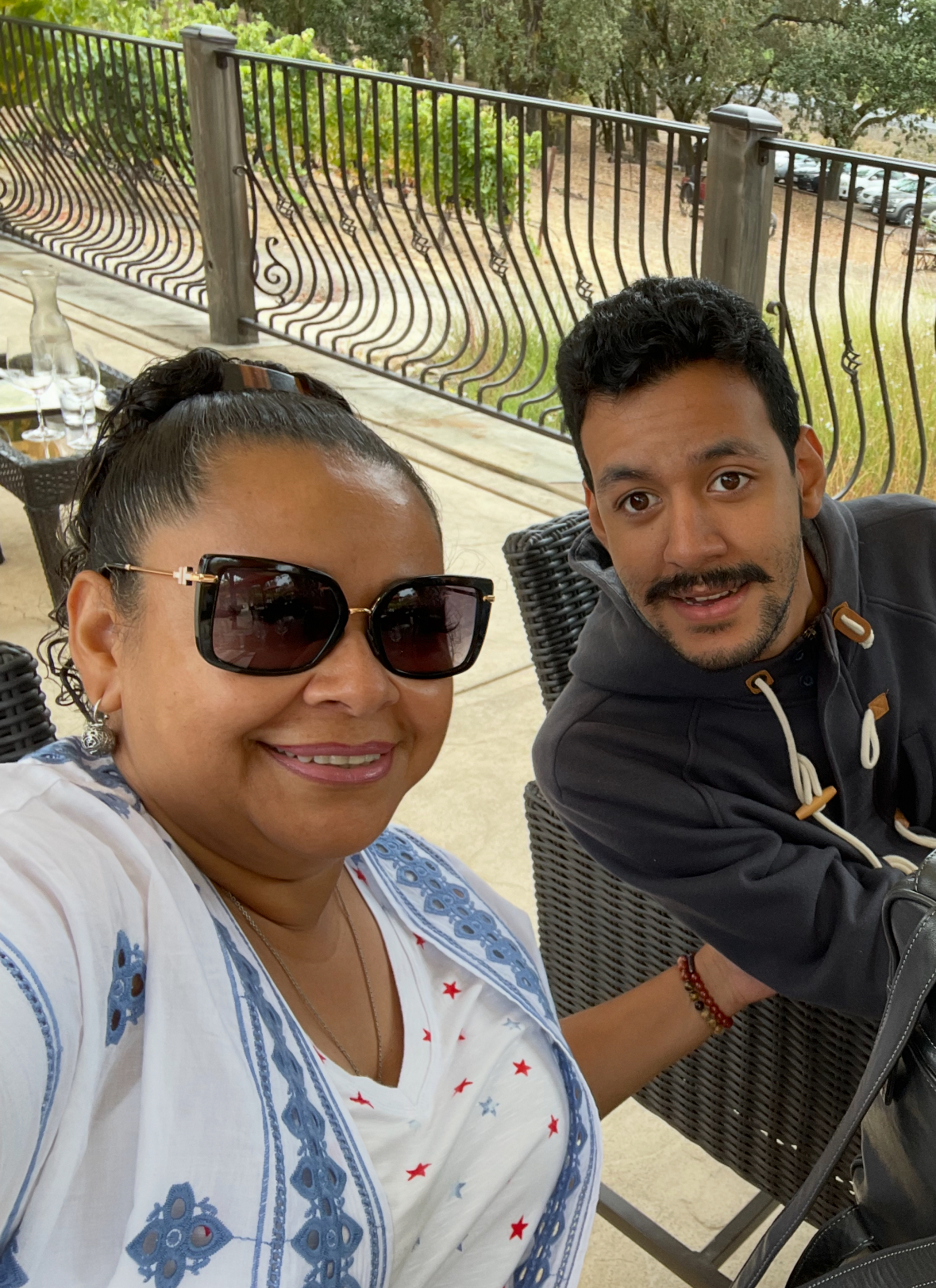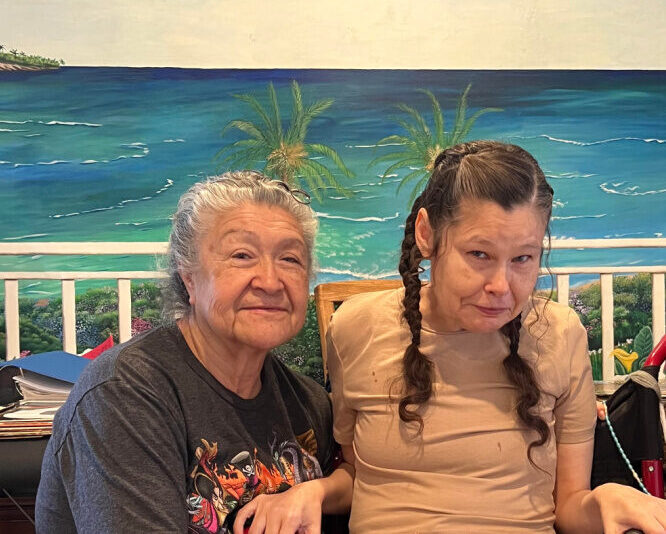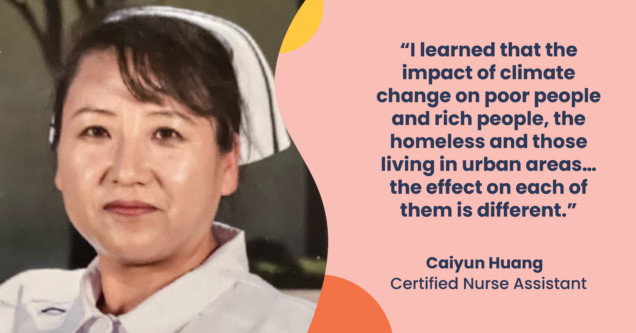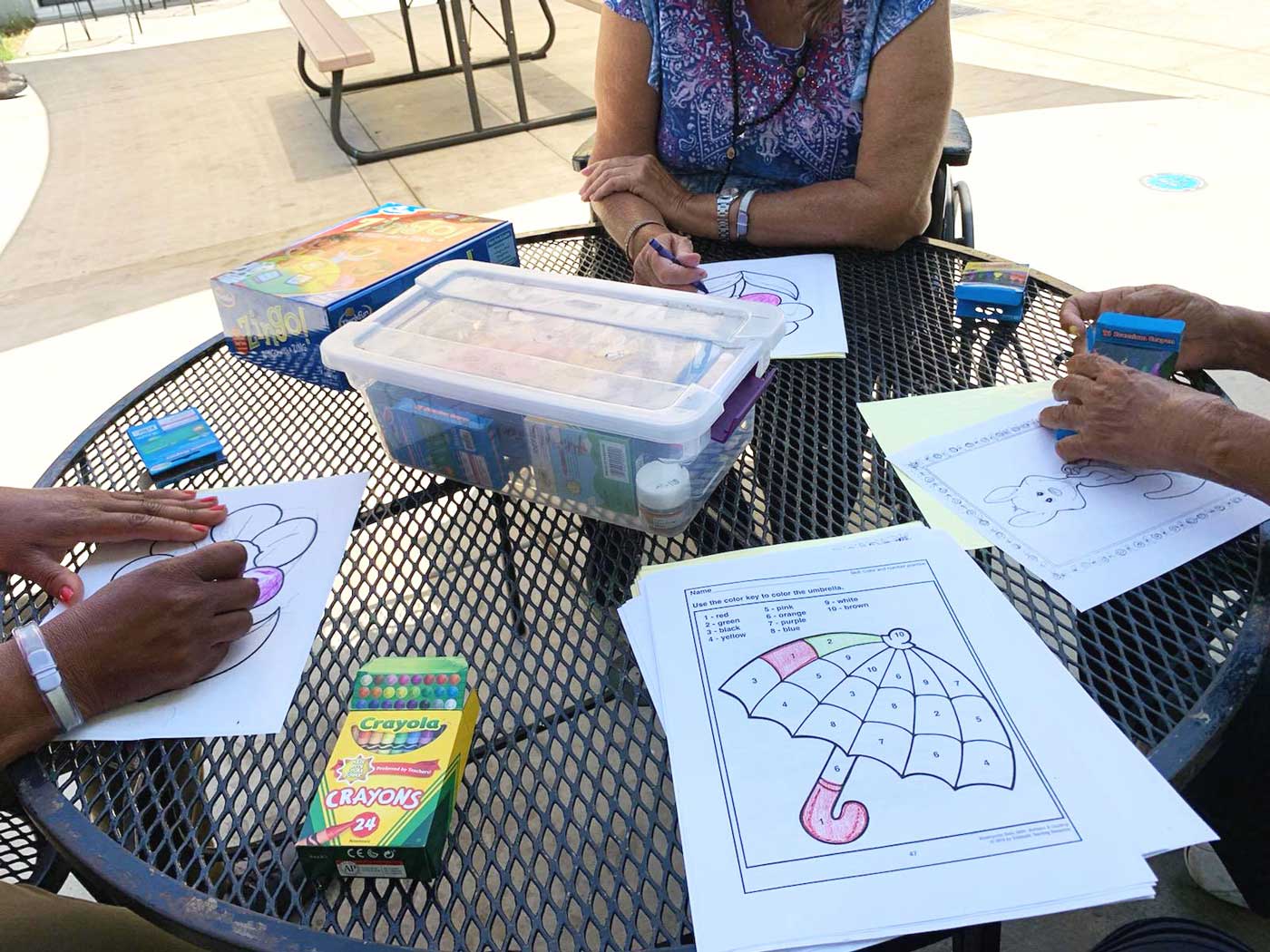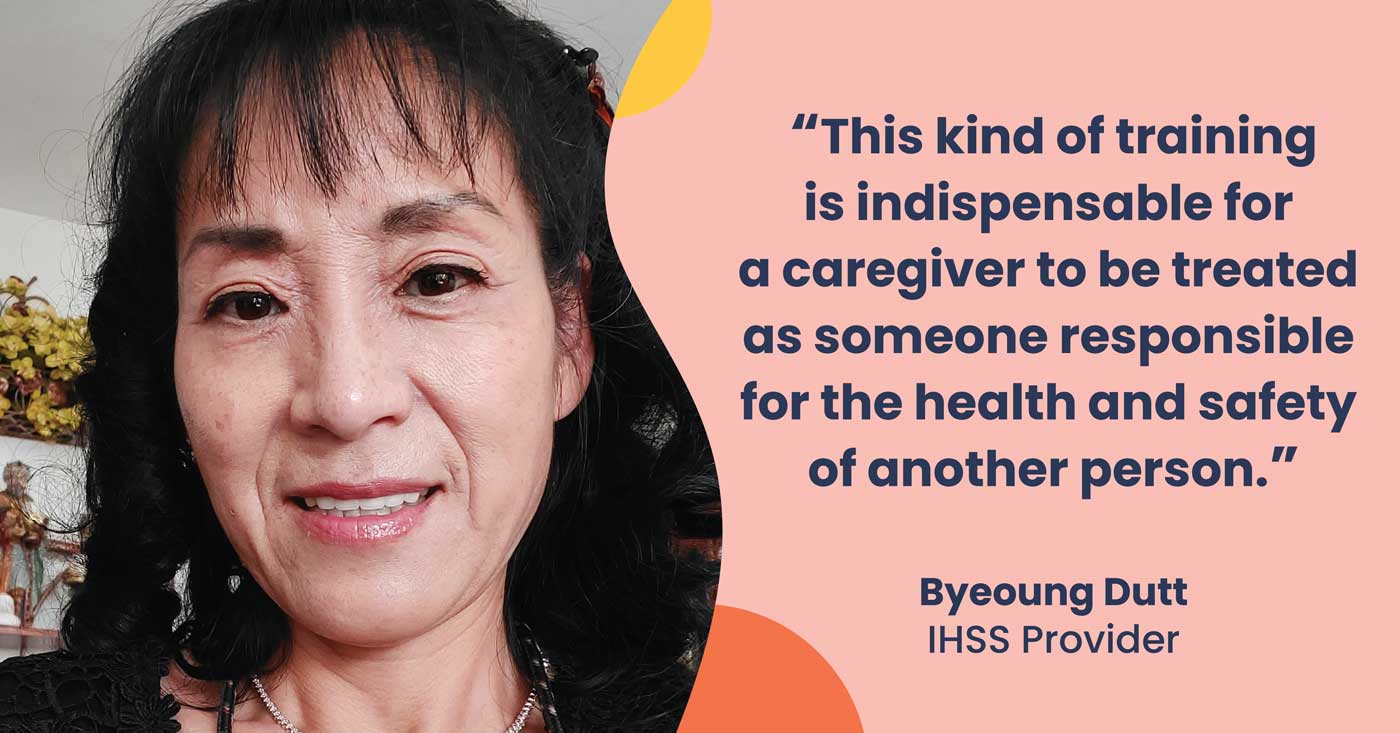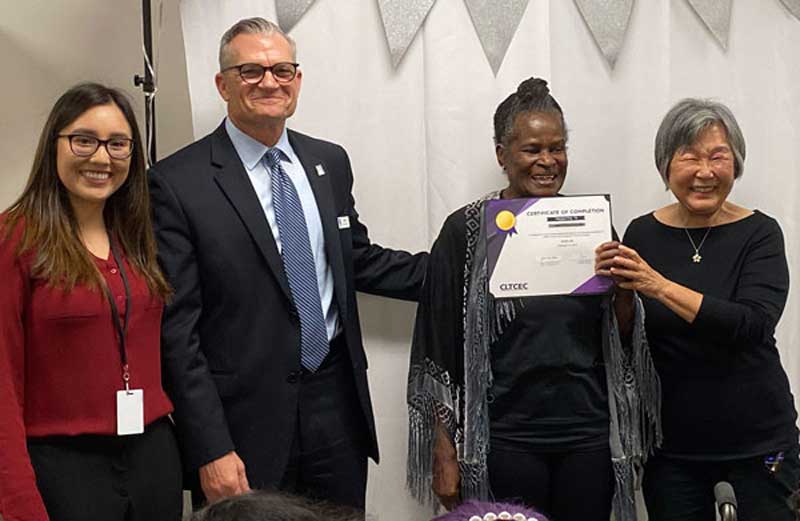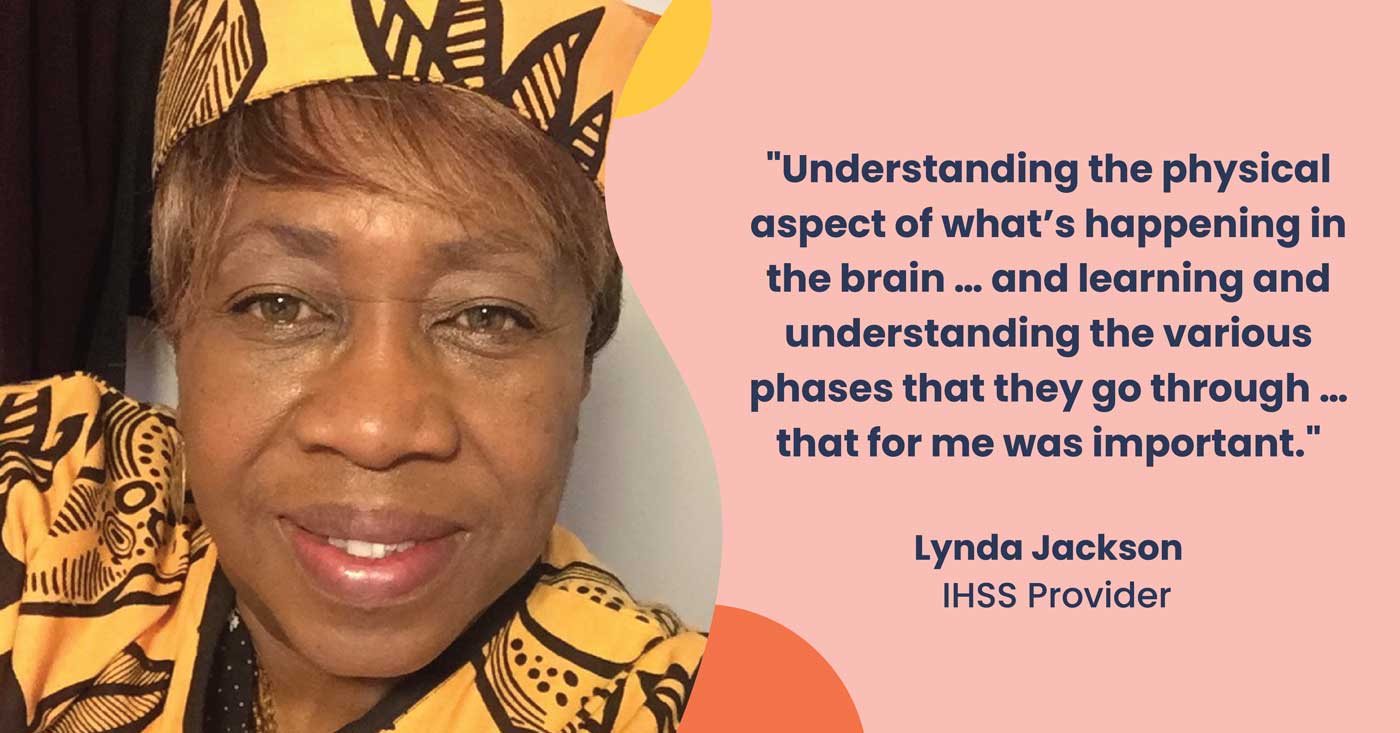California is facing a mounting crisis in caregiving—one that’s driven by a rapidly aging population, growing demand for long-term care, and a shrinking workforce. According to the U.S. Census Bureau, by 2030, Americans aged 65 and older will outnumber those under 18 for the first time in history.
Nowhere is this shift more visible than in California, where nearly 10 million residents—one in five—will be over 65 by the end of this decade. By 2040, that number will rise to 22%, up from just 14% in 2020.
As the older population grows, the working-age population remains flat. The Public Policy Institute of California (PPIC) estimates a 59% increase in adults 65 and older, while the number of working-age adults (ages 20–64) stays nearly unchanged. This will result in a record-high dependency ratio: 38 older adults for every 100 working-age Californians.
A Surge in Demand for Care Workers
An older population means greater need for healthcare and, more urgently, long-term care. According to the PPIC, one in three Californians over 80 will struggle to stay in their homes without assistance. One in five will face serious self-care challenges.
The care crisis doesn’t stop with older adults. Nearly 2 million Californians of all ages have disabilities that require daily help with basic tasks or mobility.
But while demand grows, the state faces a deep shortage of long-term workers who provide this essential care—both in people’s homes and in skilled nursing facilities.
Two Core Issues: Equity and Affordability
California’s In-Home Supportive Services (IHSS) program helps low-income seniors and people with disabilities receive care at home, rather than in institutions. But there simply aren’t enough IHSS providers to meet the growing need.
Meanwhile, affordability is a major barrier to getting healthcare services. According to the California Health Care Foundation (CHCF), half of Californians delay or skip care services due to cost. Of those, nearly half say their health got worse as a result.
In many cases, people are being forced to choose between healthcare and necessities like food, housing, or transportation.
Challenges for the Workforce Behind the Crisis
Care workers—who form the backbone of California’s long-term care support system—face steep challenges. Many have no formal training in essential caregiving skills, which affects the quality of care they can provide their consumers, and also limits their earning potential and career advancement.
Low wages, lack of health benefits, physically demanding tasks, and long hours all contribute to high stress and high turnover. The result: fewer caregivers and more people going without essential help.
Access to formal caregiver training could make a big difference—not just by improving care, but also by giving workers the tools they need to succeed and stay in the field.
A State Plan for a Growing Crisis
In response to these demographic and workforce challenges, the State of California launched the Master Plan for Aging (MPA) in 2021. The plan offers a statewide “roadmap” to support older adults and people with disabilities through data-driven goals and strategic investments.
One major focus is expanding training and support for caregivers. Under the MPA, the IHSS program is growing, with help from partners who provide caregiver training, such as the Center for Caregiver Advancement (CCA). CCA and its partners have created training programs that give home care providers the skills they need to deliver high-quality care—and a pathway to increasing their earning potential, opportunities for better jobs, and career advancement in long-term caregiving roles.
Other training programs, like those that CCA offers in partnership with nursing homes and The Education Fund, are helping workers in skilled nursing facilities gain the skills they need to become Certified Nursing Assistants (CNAs), Licensed Vocational Nurses (LVNs), Restorative Nursing Assistants (RNAs), and Directors of Staff Development (DSDs).
Bridging the Care Gap
California is not producing or retaining enough long-term care workers to meet current or future demand. At the same time, the long-term care workforce does not reflect the diversity of the state—another barrier to equitable care.
Older Californians are the most diverse age group in state history, and their experiences, cultures, and needs must be reflected in the care they receive.
As this population grows, programs that offer accessible, high-quality training for long-term care workers are more urgent than ever. Supporting this workforce is not only an economic priority—it’s a public health imperative.
About the Center for Caregiver Advancement (CCA)
The Center for Caregiver Advancement believes in building the workforce of highly trained caregivers that many Californians can’t live without. We are the state’s most experienced provider of free, accessible training that focuses on a supportive, experience-based learning environment. Our impact studies advance policy initiatives to develop career pathway opportunities and build professionalization within long-term care.
Sources:
https://asaging.org/
https://www.chcf.org/
https://www.census.gov/topics/population/older-aging.html
https://www.ppic.org/publication/californias-aging-population/
Master Plan on Aging






